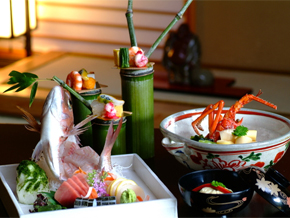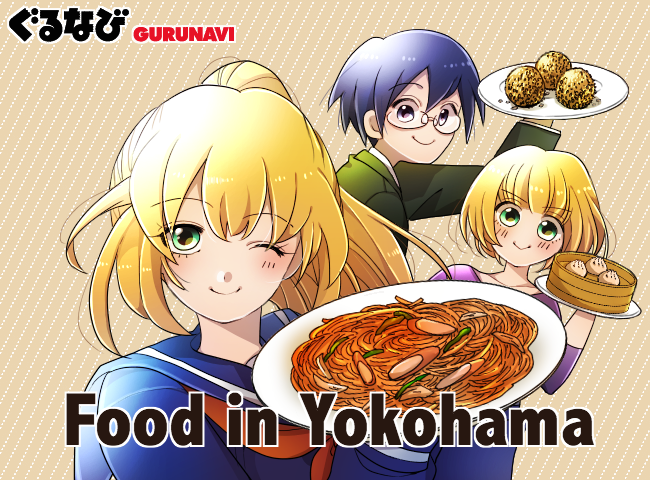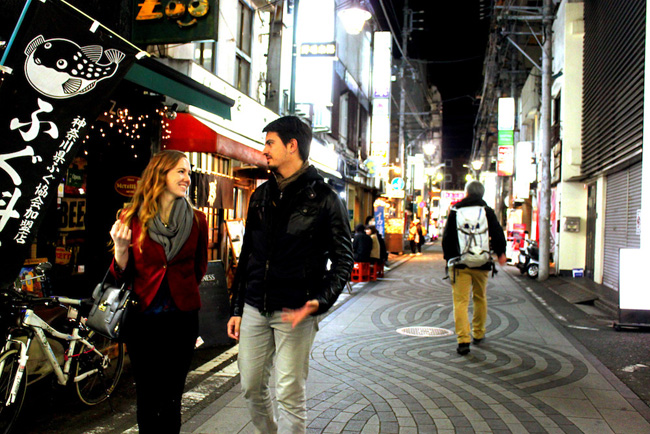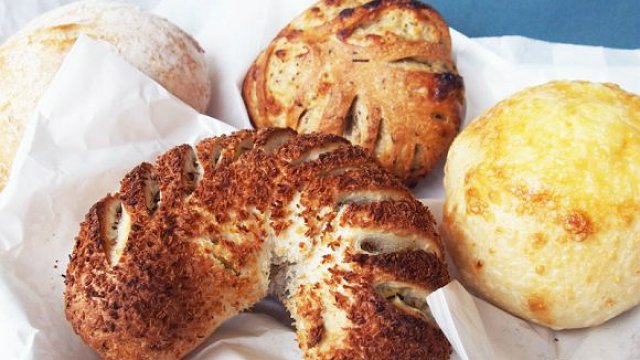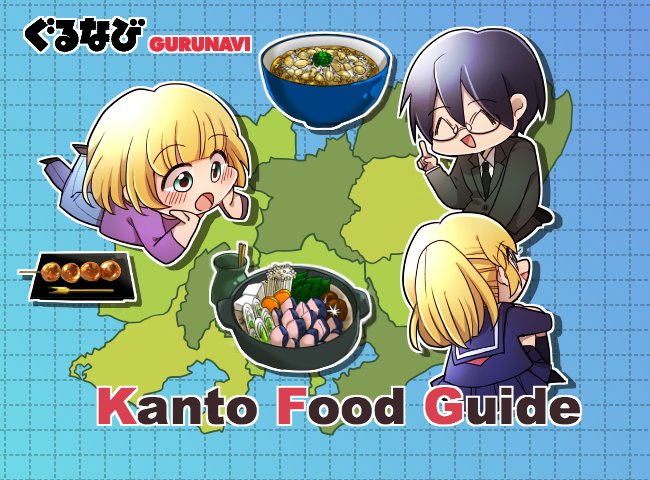Experience the Romance & Serenity of Sankeien Garden, a Unique Day Trip from Tokyo
Dinners out, karaoke, night views, theme parks–Japan has no shortage of great spots for dates and general sightseeing, but for somewhere quite special, take a day trip to the stunning and culturally rich Sankeien Garden in Yokohama. This expansive traditional-style Japanese curcuit garden that extends over 175,000m2. The area is filled with large ponds, lush seasonal nature, and one of Japan’s largest collections of historically significant architecture. Sankeien is also a place where you can experience Japanese art, literature, tea ceremony, and a variety of food.
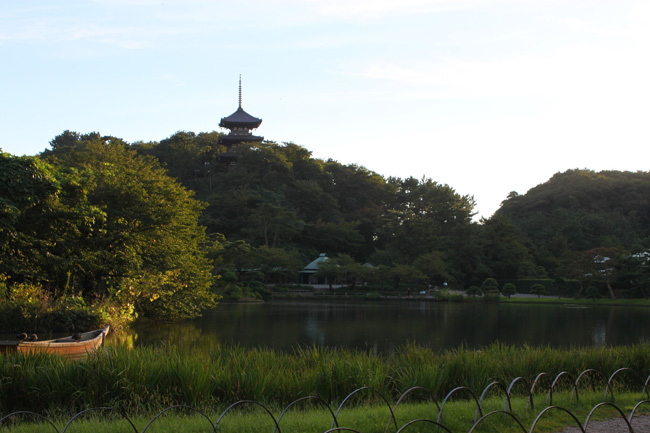
Sankeien Garden was built by Sankei Hara (born Tomitaro Hara), a successful silk merchant at the beginning of the 1900s, who lived on the grounds with his family before opening up the park to the public in 1906. He was known for his ties with artists and literary figures, and this appreciation for the arts is reflected in parks’ sense of harmony and sophistication. The Garden has been awarded by the Japanese government as one of Japan’s official “Places of Scenic Beauty”, and evaluated as a precious cultural asset.
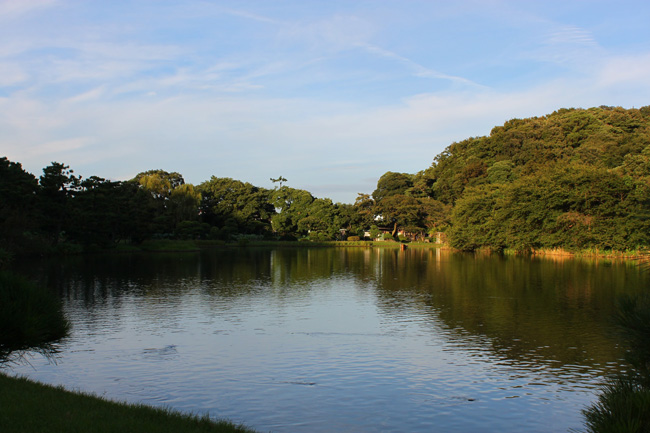
Here’s an itinerary for your day trip to Sankeien Garden, to sample a little of everything the park has to offer.
1. Sit by the Oike Pond to Absorb the Serenity
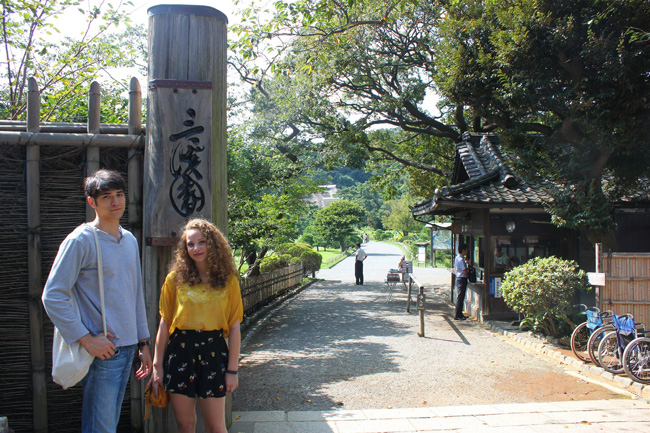
Beautiful large timber gates greet you at the main entrance to the park. Through them, you can take your first breathtaking glimpse of the lush sanctuary of Sankeien–the large main Oike pond to your left, the lily ponds to your right, the hilly wooded area surrounding the ponds, and the contrast between the simplicity of the ponds and lawn and the surrounding textured foliage.
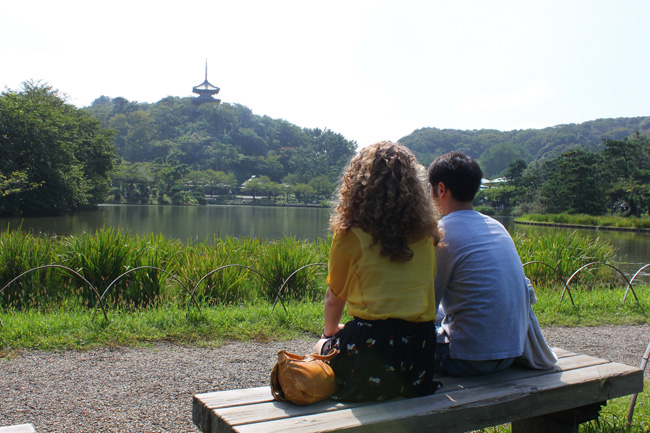
Although you’ve just arrived, this is a perfect time to sit down and take a moment to absorb the surroundings. Gaze at the ducks gliding around the pond, and across the pond to the the three-story pagoda emerging through treetops. This pagoda was built around 550 years ago in Kyoto, and is the oldest wooden towers in the Kanto area.
2. Learn More about the Honorable Work of the Park’s Founder at the Sankei Memorial
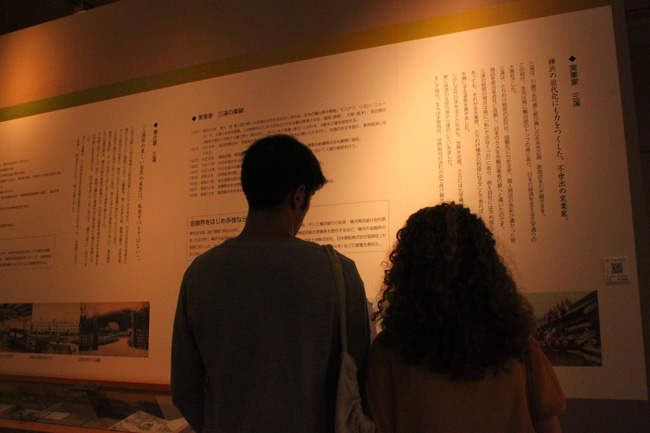
As well as being a successful silk businessman, Sankei was an avid artist and art collector, and was extremely active in supporting young artists. He also contributed significantly to Yokohama’s recovery effects following the Great Kanto Earthquake. This Memorial is dedicated to introducing his accomplishments, as well as exhibiting the paintings of Fusuma and other furnishings of the historical building in the garden. There’s also painting and calligraphy artworks created by Sankei on display. This is an interesting stop to contextualize the park and glimpse into Japanese history.
3. Join a Tea Ceremony at Tea House Bototei
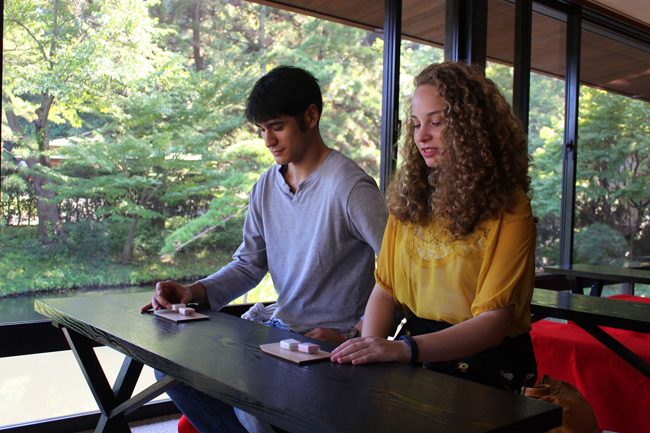
At Tea House Bototei in Sankeien, you can partake in a chanoyu (tea ceremony) to learn the rituals of preparing, serving and consuming Japanese tea, while enjoying Japanese matcha tea and traditional sweets (okashi). The Tea House Bototei is located inside the Sankei Memorial Building, tucked into a scenic corner of the building, with floor to ceiling glass windows overlooking a stunning garden.
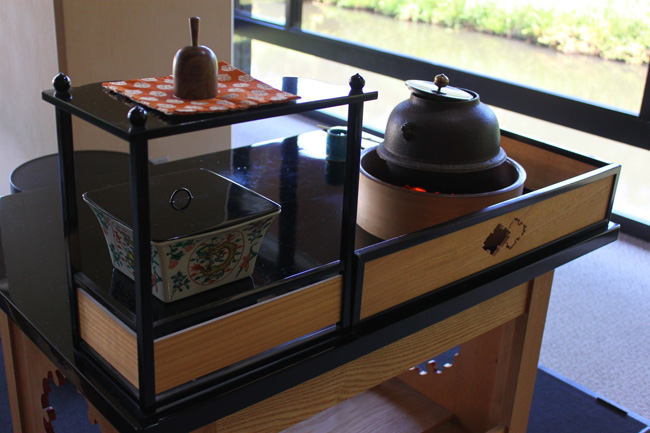
The table of the tea ceremony host is arranged with the chanoyu equipment and utensils. The table of guests is set with a black lacquer tea tray, some small okashi (traditional sweets), and a chawan (tea cup). Be sure to take notice of the design on your cup, as each cup is unique, with many depicting a different seasonal scene from nature. The staff will guide you through the processes, explaining about tea ceremony and how to drink your tea according to the traditional principles. A session takes approximately 15 minutes.
4. Marvel at the Exquisite Design of Rinshunkaku

Rinshunkaku is an elegant early Edo-era mansion originally built in 1649 the Wakayama prefecture as a villa for a feudal lord of the Kishu Tokugawa clan. The villa is built in the sophisticated Sukiya style of architecture of the period, as is the tea room inside - quite a rare and precious occurrence. The building is composed of 12 rooms divided into three sections–the hikae-no-ma, a reception room where visitors would wait admittance to inner villa; the sekken-no-ma, where the feudal lord would greet and meet with visitors; and the okugata, the private quarters of the feudal lord and his family. Dividing the rooms are elegant fusuma (sliding interior panels) painted mostly by prominent artists of the Kano school of painting of the 17th century.
5. Stop in at Karigane Chaya to Share a Bowl of Ramen

At Karigane Chaya, a quaint little ramen shop in the central part of the park, you can enjoy large bowls of steaming ramen, as well as an assortment of other Japanese foods. Take a seat at one of the benches outside, or sit inside where you can smell the delicious aromas emanating from the kitchen.
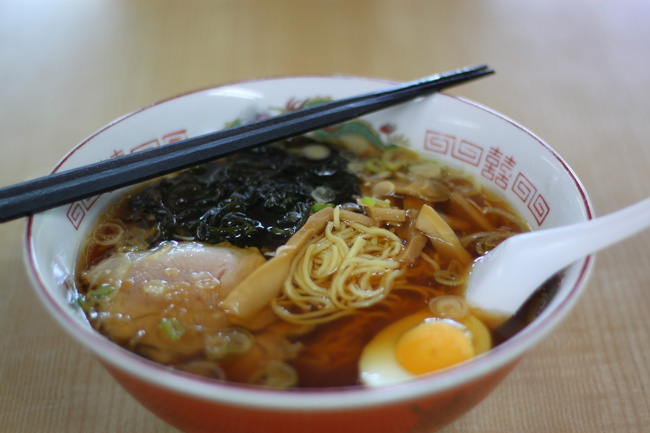
The house specialty is shoyu (soy-sauce) ramen, with noodles in a house-made broth, topped with bamboo shoots, wakame, Japanese green onions, egg and tender, juicy pork. The servings are quite large so it’s possible to share. If it’s something else you’re after, there’s onigiri, oden, soba and udon. On the sweeter side, there’s anmitsu, a combination of agar (Japanese jelly) with anko and ice cream, kakigori (soft shaved ice topped with various flavors), and oshiruko with homemade mochi.
6. Feed the Always-Hungry Carp and Turtles
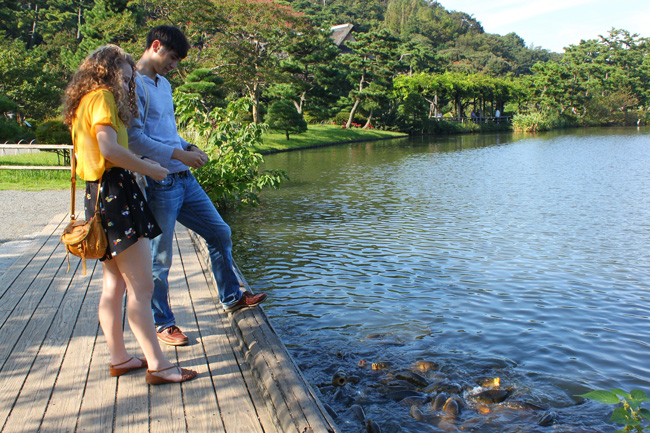
At the kiosk by Oike pond, you can buy ‘esa’ (animal feed) to take to the edge of the ponds and feed the carp and turtles. Watch the excitement of the feeding frenzy that ensues, as the giant carp push over the top of each other to try and score the feed. The adorable turtles also join in the battle, although they often stand little chance against the pushy carp. This a fun activity for old and young, and chance to interact with the garden’s fauna.
7. Stop for a Sweet Treat at Sankeien Saryo
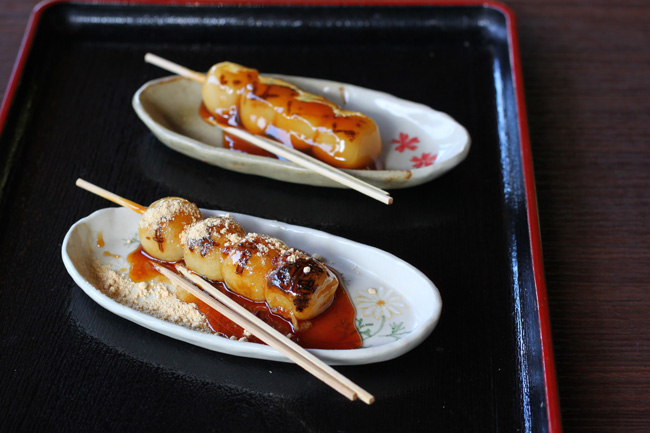
Dango are a type of Japanese dumpling made from a dough of rice flour and water, served with a variety of toppings, and are a popular dessert, festival food and street food snack in Japan.
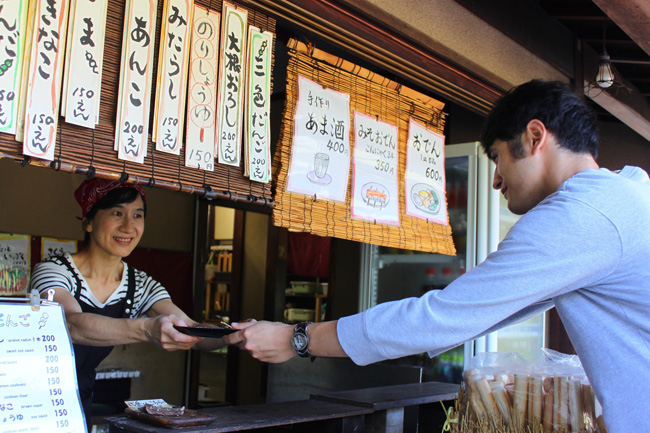
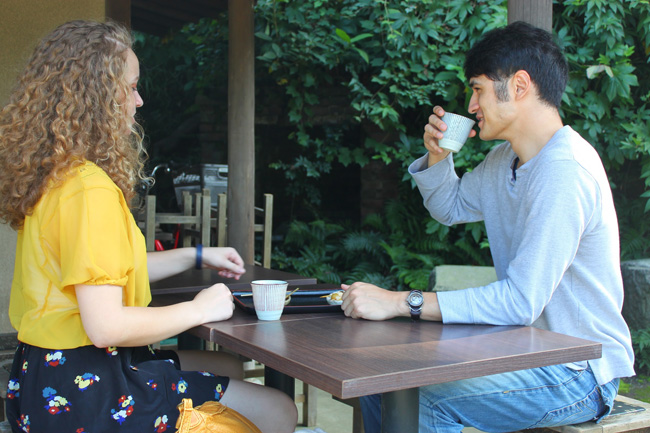
At Sankeien Saryo, there’s large and variety of dango toppings on offer, such as zunda dango, a Tohoku specialty of pureed fresh edamame beans and sugar; mitarashi dango are topped with a sweet soy sauce; anko dango is topped with sweet red bean paste; kuromitsu kinako dango are topped with a rich syrup of black honey and dusted with toasted soybean powder. Dango are generally served with green tea, but go well with the other offering of the shop, amazake, a sweet sake that is either either low or non-alcoholic.
8. Try Sankei’s Personal Noodle Recipe at Taishuken

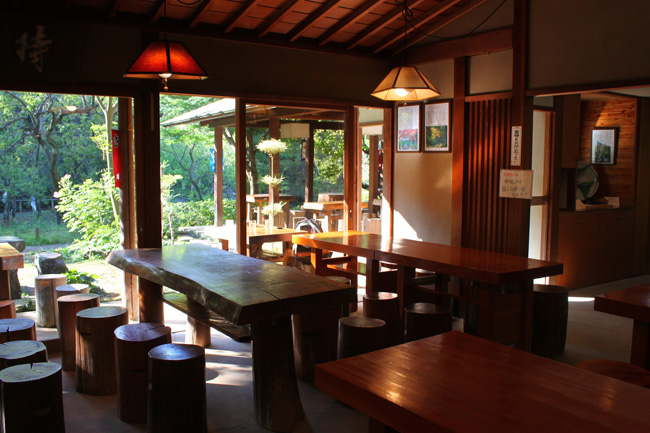
Set into the side of the hill in the south of the park, surrounded by lush forestry, you can find restaurant Taishunken, a fine establishment rich in character and history. The expansive space is filled with solid timber tables, artwork, staff in colorful outfits and headscarves working away in a large open kitchen, a friendly host, and gentle background music, anything from jazz to traditional Japanese songs.

While the restaurant serves a range of dishes–oden, kitsune udon and set meals–the specialty dish is called Sankei Men, a brothless bowl of soba noodles made from wheat flour fried in salad oil and served with bamboo shoots, shiitake mushrooms, minced meat, ham, omelette, sliced garden peas, and flavored with soy sauce. Sankei had a fondness for both eating this dish–originally called ”yamabuki soba”–and wearing kimono, so he devised Sankei Men to avoid getting his sleeves soiled by the soup.
9. Marvel at the Impressive Former Yanohara Family House
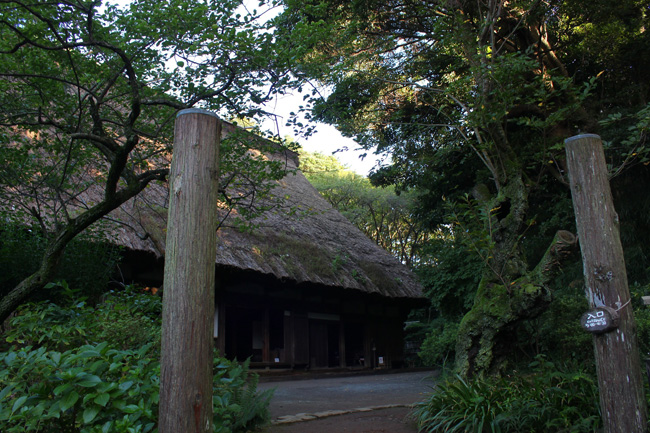
In a woody enclave in the far south-western corner of the park, stands the former Yanohara family house. The impressive is one of the largest gassho-style private houses in existence in Japan today, a style that is characterised by a size much larger than other farmhouses, with a tall, steeply-sloped thatched roof. The shape of roof, which looks like hands cupped in prayers, is the origin of the name ‘gassho’, which means to join one’s hands in prayer. The first floor of gassho houses is typically used for the living room, and the second floor is used for storage and a workspace for making kimono, growing silk worms, and other traditional crafts.
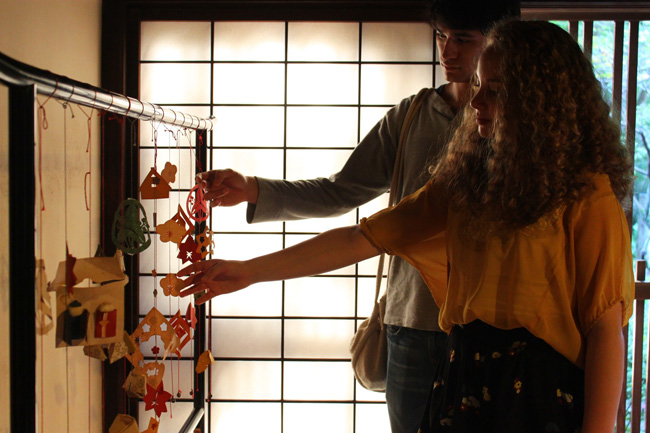
The exquisite Yanohara family house was originally built in the Edo-era in Shirakawago, a small traditional village in the Gifu prefecture now designated as one of UNESCO’s world heritage sites, and was moved to Sankeien in 1960. The first floor features a spacious entrance hall, sunken irori hearth, bathroom, kitchen and large tatami-matted reception and living rooms. There’s even original lighting and food preparation equipment. The second floor exhibits an array of Japanese pottery, porcelain, farm tools, and tools for sericulture. From here, you can also view the enormous katsura timber beams that form the roof structure.
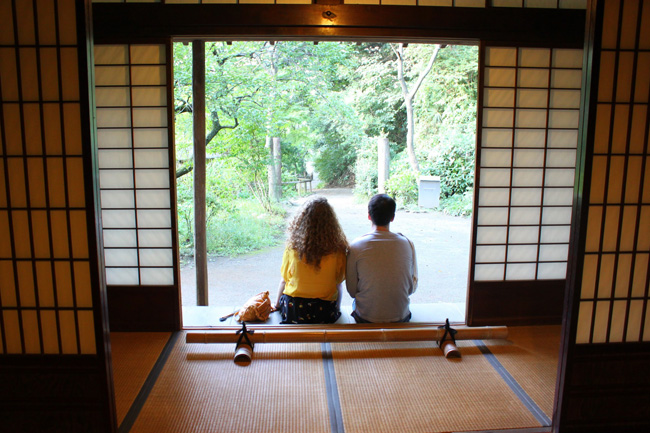
There is a remarkable sense of calmness, simplicity and dignity to the house.
10. Other Sights and Activities
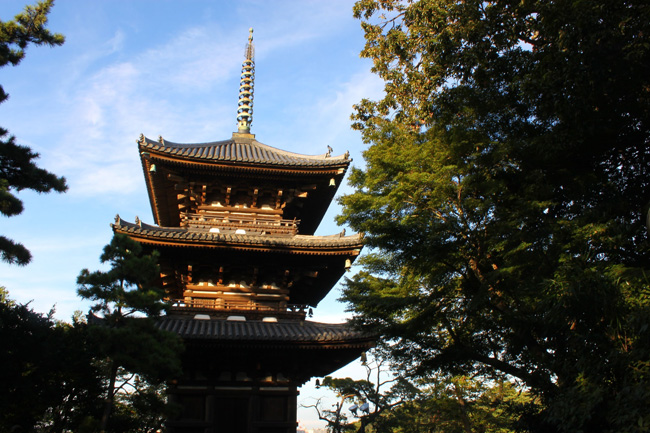
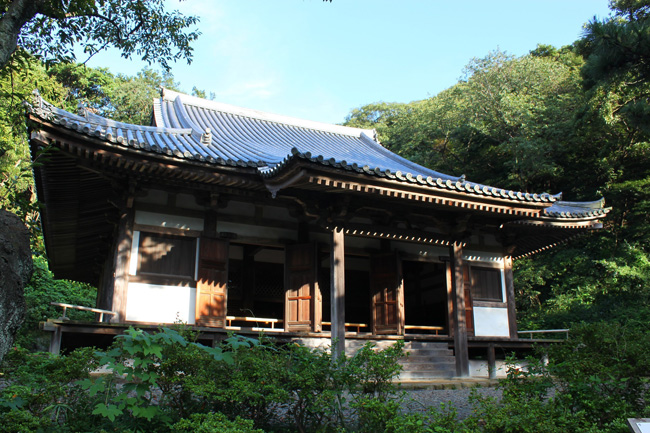
Aside from the Sankei Memorial, Rinshukaku and Former Yanohara Family house, there’s many other culturally significant properties at the park that Sankei gathered from across the country–temple constructions and tea rooms, as well as picturesque bridges to walk across, and an observatory where you can look out to Tokyo Bay.
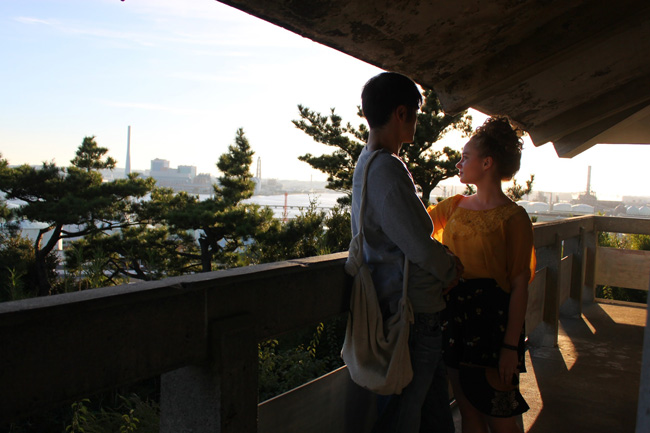
There’s also a range of events that take place in the garden throughout the year to showcase the four seasons, such as moon viewing, public tours of the buildings, as bonsai and haiku exhibitions. It’s difficult to comprehend that such a lush and serene landscape could exist in an urban metropolis such as Yokohama.
Visit Sankeien to Experience Traditional Japanese Culture and Food in a Beautiful Setting
Whether you visit Sankeien Garden for the cherry blossoms in spring; fireflies, Japanese iris and lotu foliage in summer; momiji (orange leaf) viewing in autumn, or snowy landscapes in winter, the garden will deliver it’s breathtaking beauty and serenity. This setting, combined with rare and unique Japanese architecture, traditional arts and cultural activities and carefully prepared food, makes for a very special day out, and an ideal day trip from Tokyo.
| Open | 09:00 - 17:00 (Last entry 4:30pm) |
|---|---|
| Admission | 700 yen for adults (15 years old and above) 200 yen for children (14 years old and under) |
| Closed | December 29, 30, 31 |




